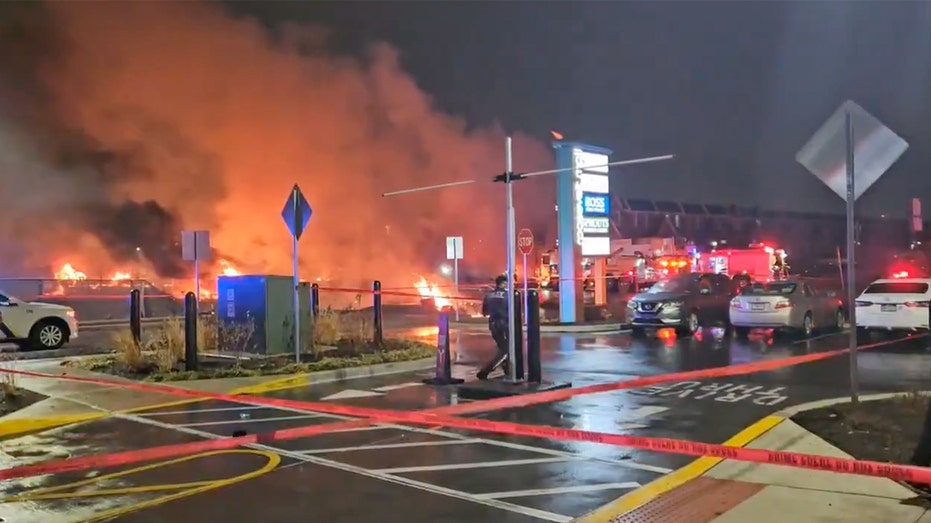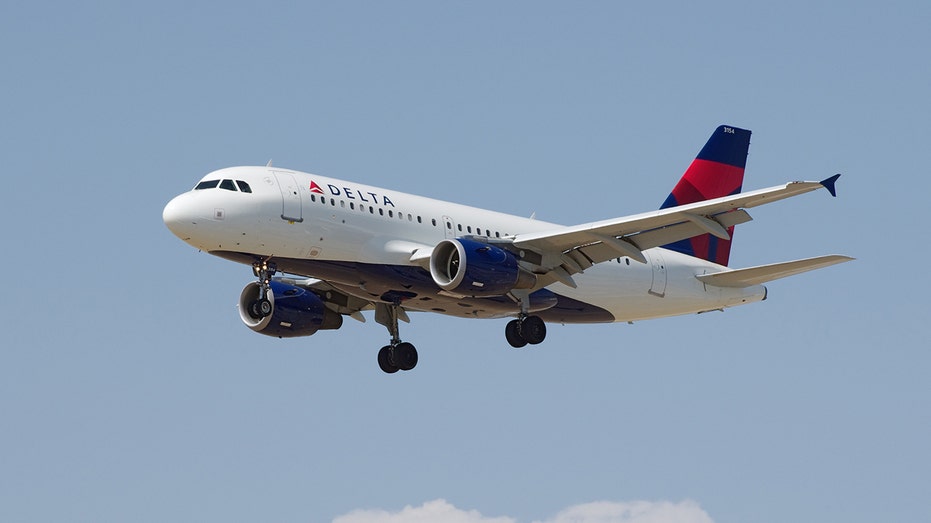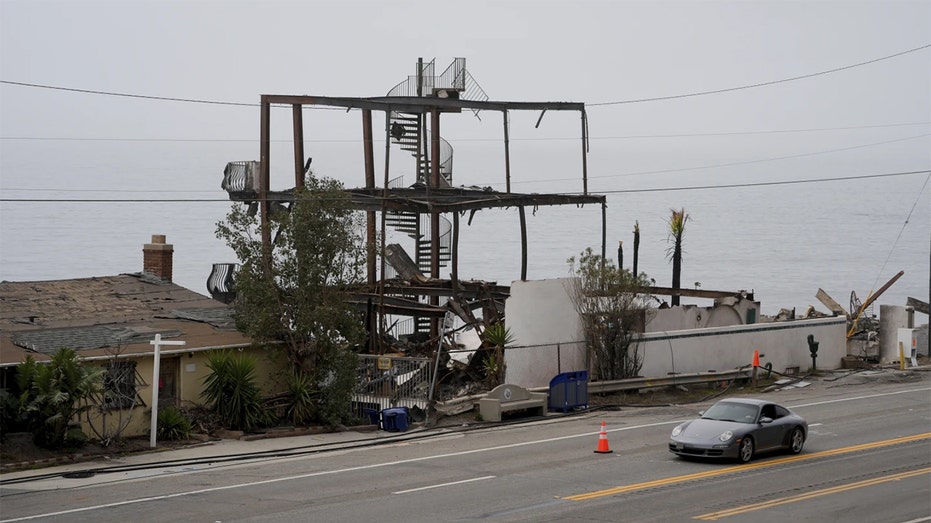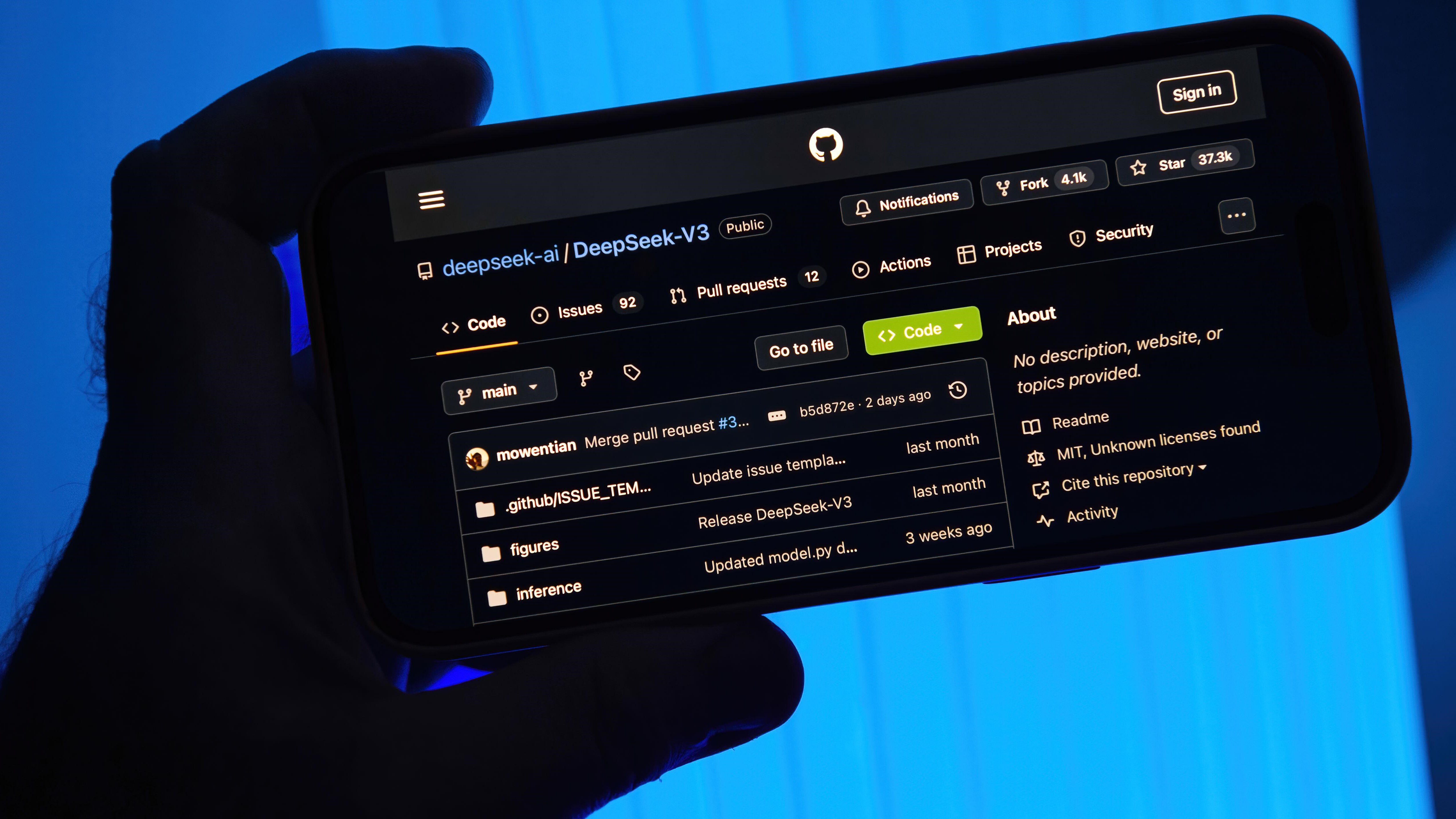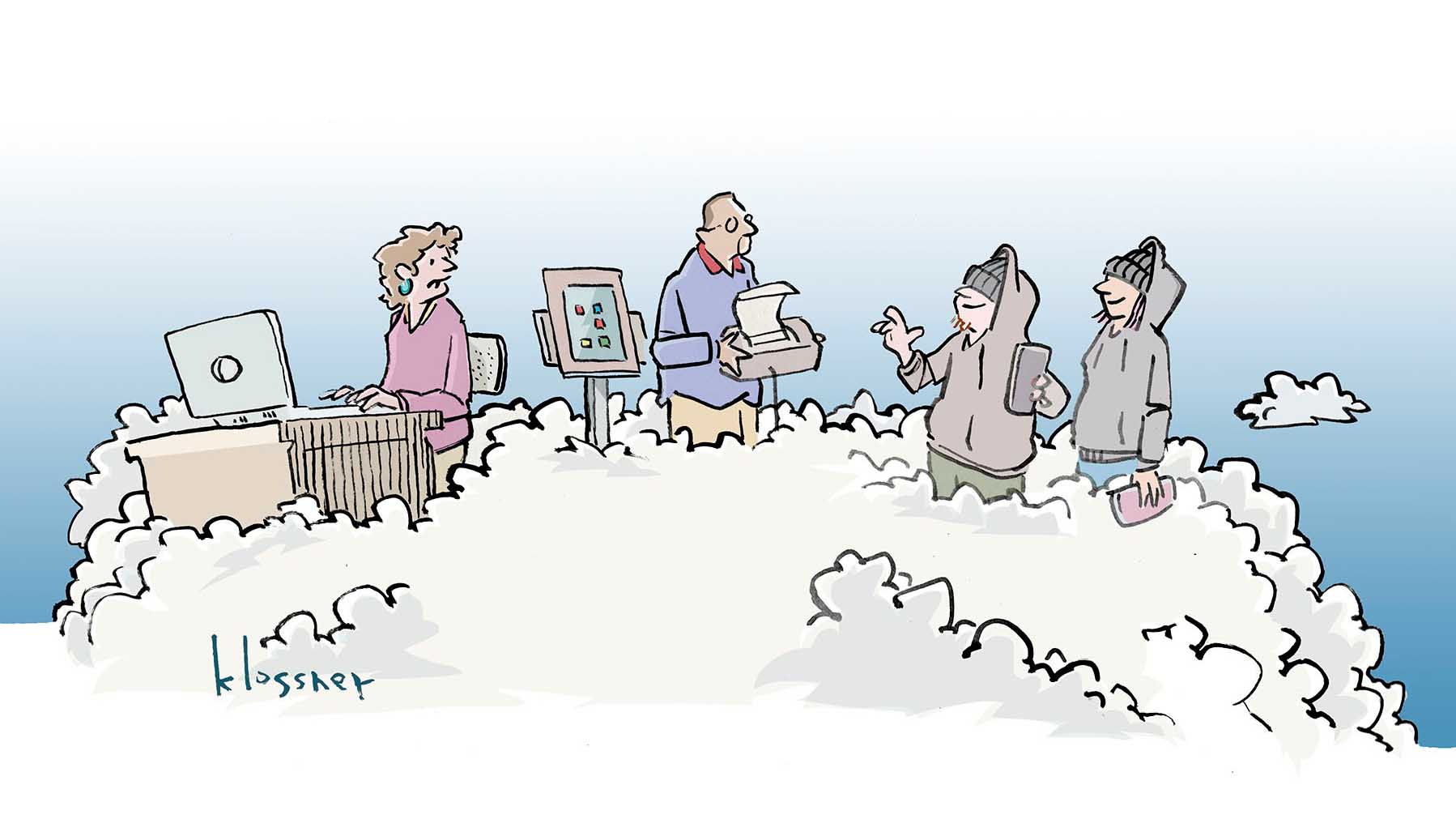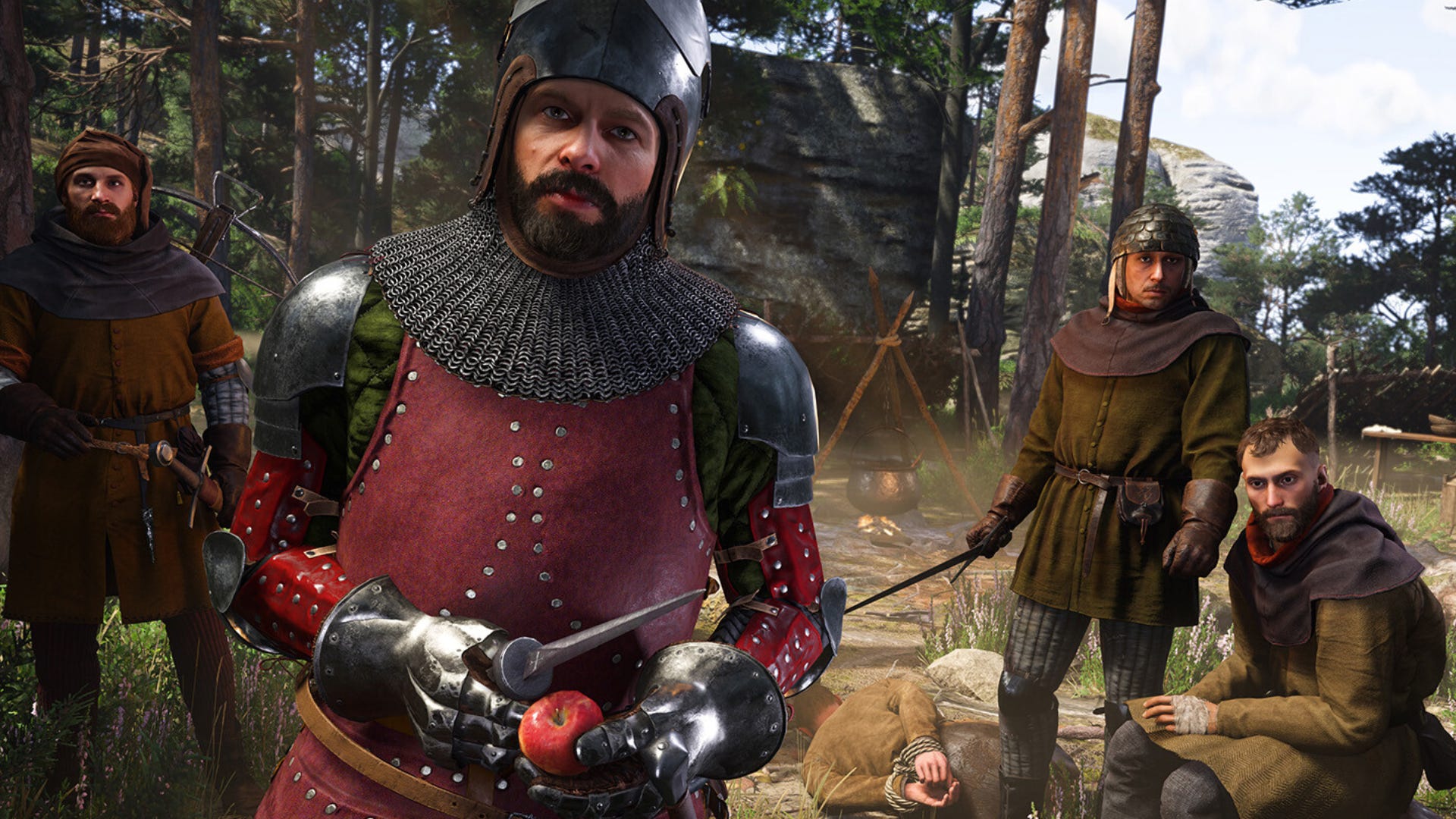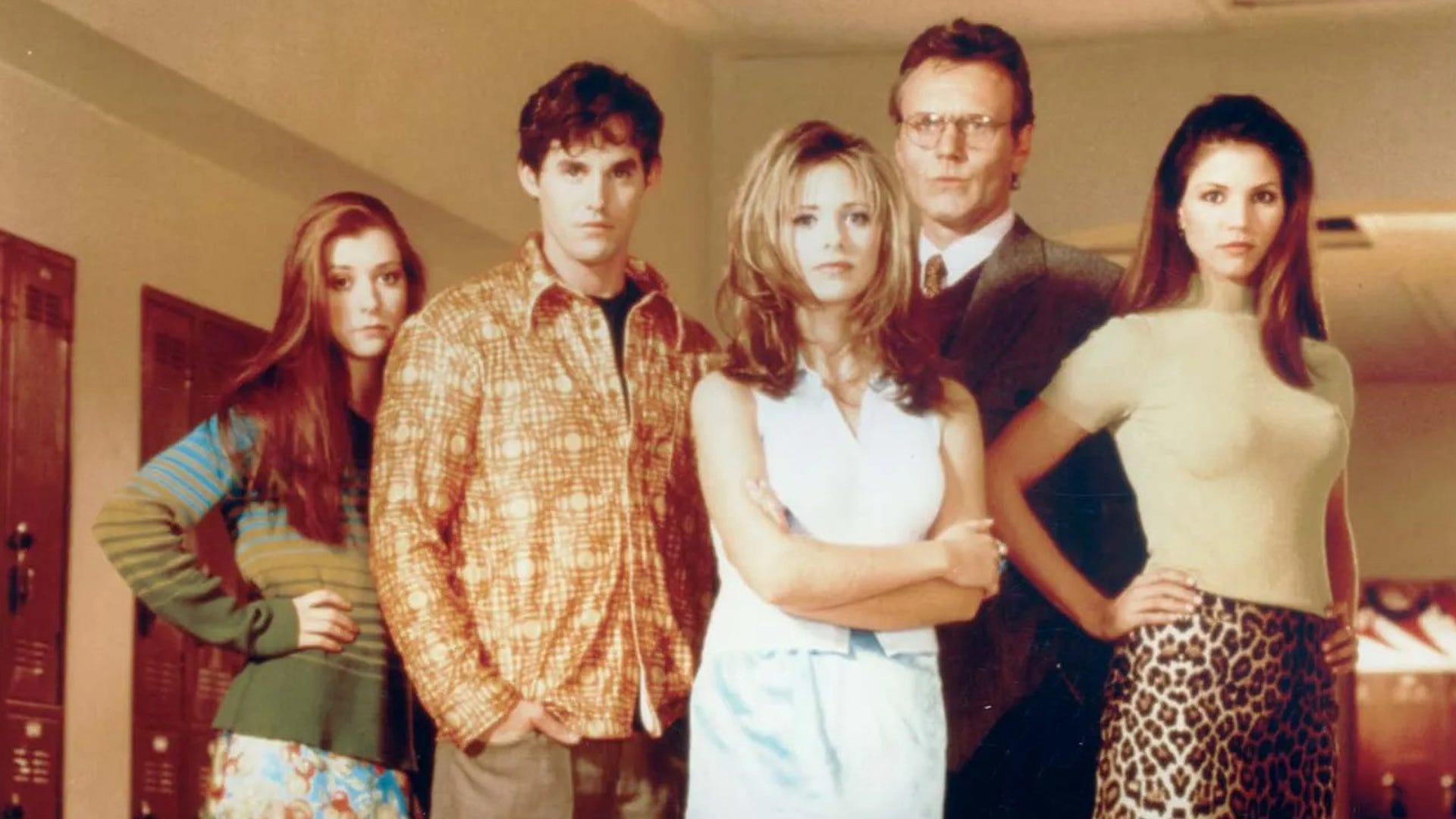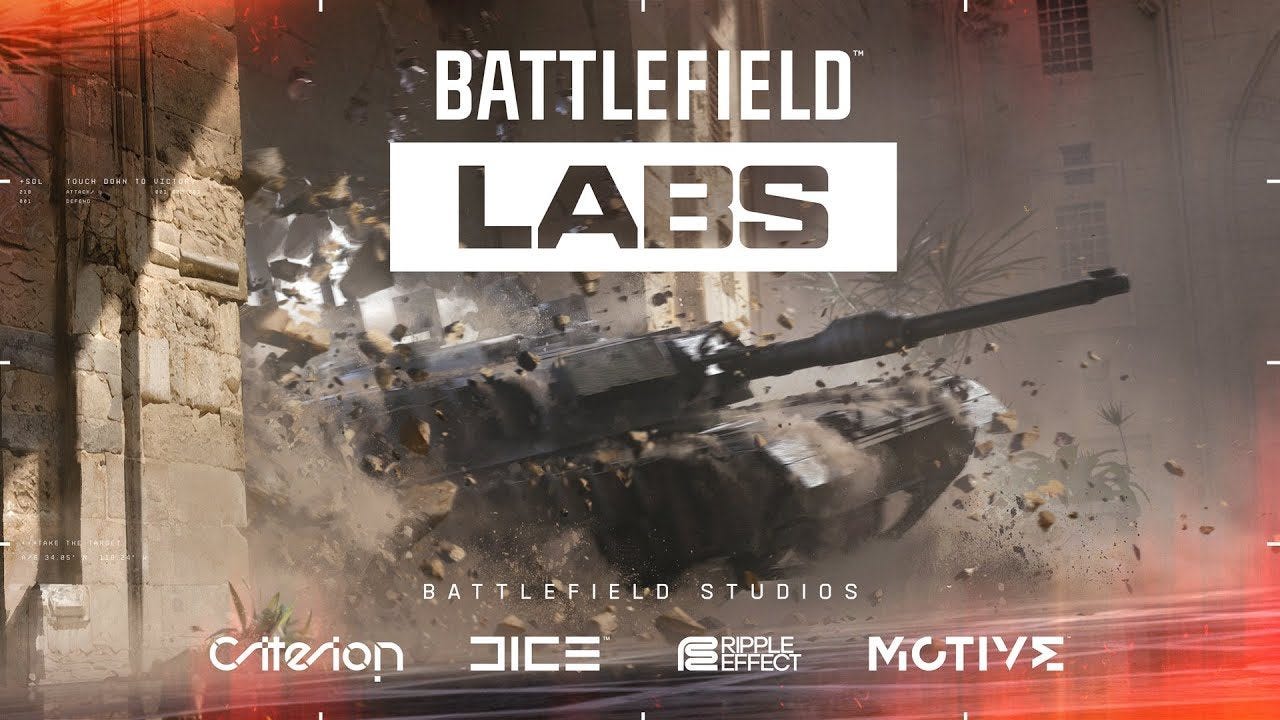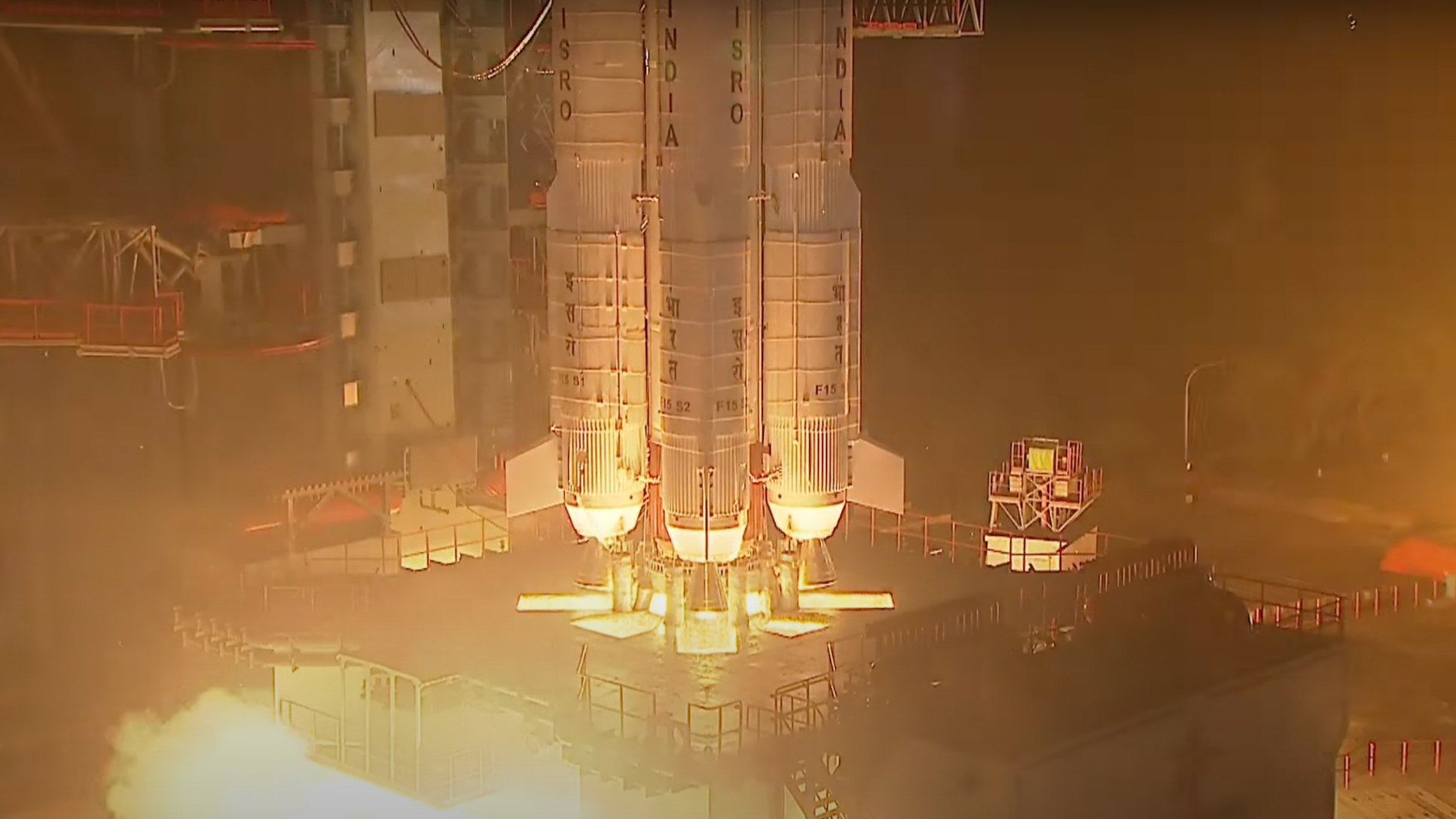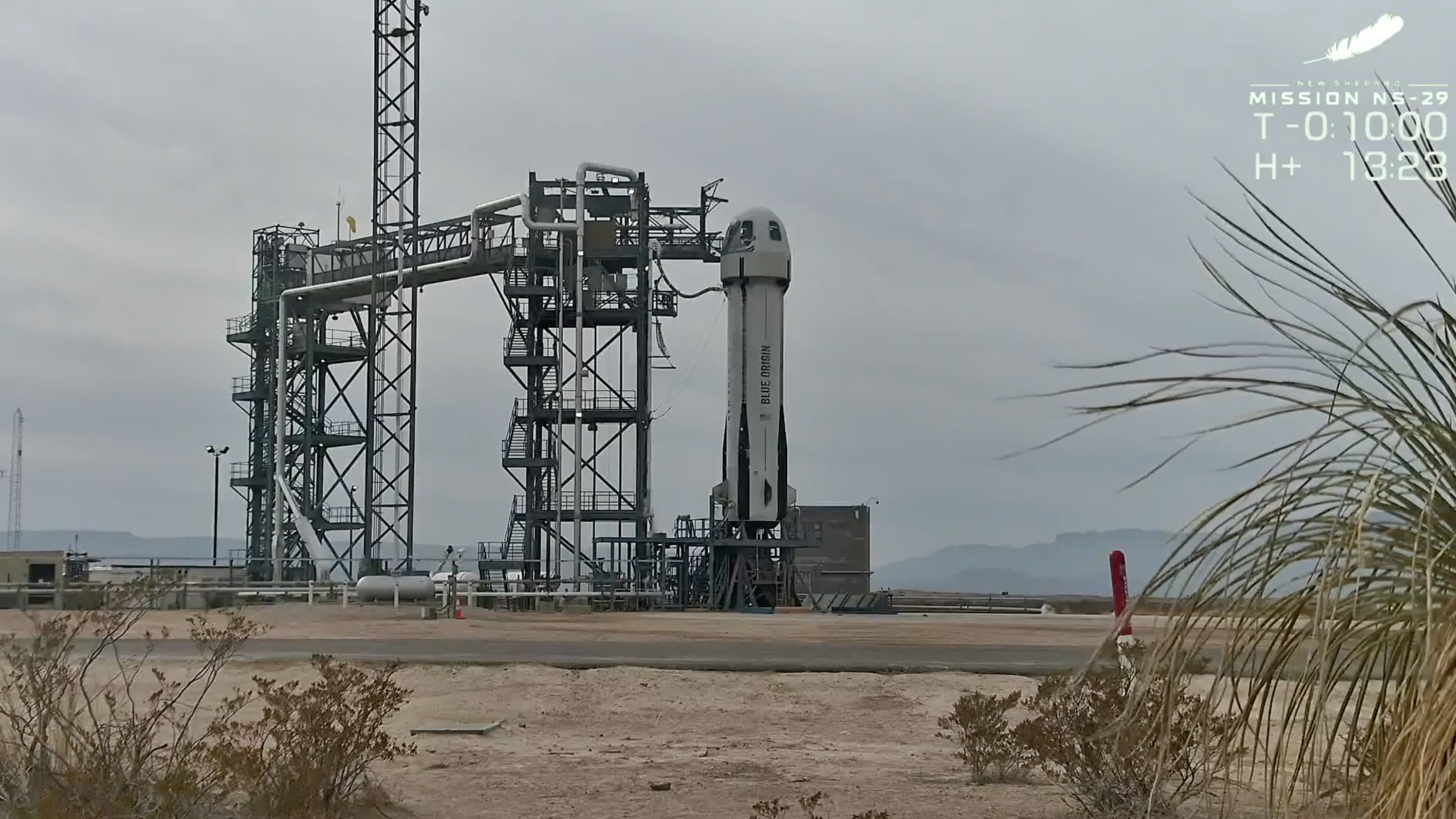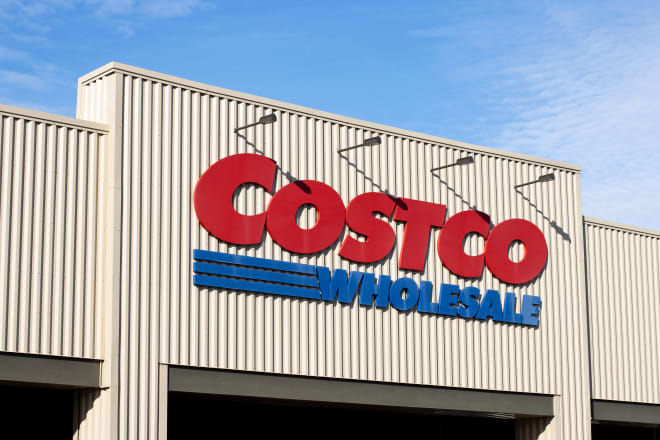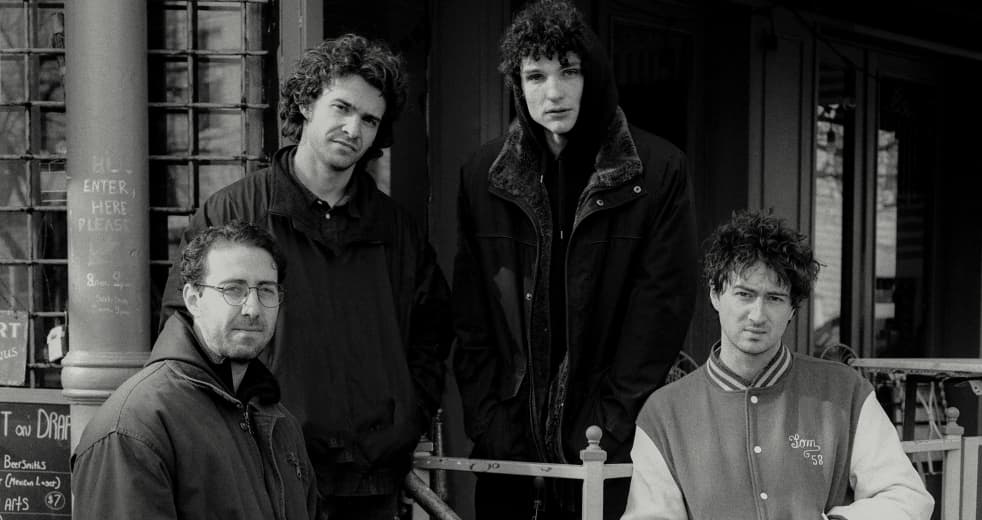One-on-one with Concorde Chief Pilot following Boom XB-1 triumph
On the heels of Boom Supersonic’s thrilling achievement — its XB-1 demonstrator, piloted by Chief Test Pilot Tristan “Geppetto” Brandenburg, broke the Mach 1 sound barrier three times on 28 January 2025 — Runway Girl Network sat down over a Zoom call with Mike Bannister, former Chief Pilot of British Airways’ iconic Concorde fleet. Bannister... The post One-on-one with Concorde Chief Pilot following Boom XB-1 triumph appeared first on Runway Girl.

On the heels of Boom Supersonic’s thrilling achievement — its XB-1 demonstrator, piloted by Chief Test Pilot Tristan “Geppetto” Brandenburg, broke the Mach 1 sound barrier three times on 28 January 2025 — Runway Girl Network sat down over a Zoom call with Mike Bannister, former Chief Pilot of British Airways’ iconic Concorde fleet.
Bannister flew the Concorde for 22 years and famously captained Concorde’s final flight from New York to London on 24 October 2003. Please enjoy our one-on-one interview with this aviation legend, as Boom Supersonic looks to parlay its successes with the XB-1 demonstrator, aka Baby Boom, and develop its full-sized Overture supersonic jet.
RGN: What is your opinion of Boom’s progress thus far? Are they where they need to be to get to where they want to go?
Bannister: I think they’re doing really well. It’s frustrating that the original time scales that were set out have not been met, but in hindsight they were very racy. Getting an airplane to fly supersonically is a really big challenge and in the development you are going to encounter some road bumps on the way and it kind of depends on the size of the road bumps, how big the delay will be. But what Boom can do and what particularly Boom’s people can do is stick at it. They just don’t give up. And so to see the XB-1 come to fruition and fly supersonically is a real achievement.
And when one considers that effectively they are the only player in the game, the actual time scale per se is not that important. I’m sure it’s ambitious and sure, everybody wants to see Overture flying with passengers on board as soon as possible, but it’s more important to get it right. And to get it right, you’ve got to get the right people and the right processes and the right systems. And in developing XB-1, that’s exactly what Boom have done.
RGN: Do you think it will be relatively easy when the time is right for Boom to scale up to the desired fuselage size for Overture to support commercial operations, and also in the same vein to scale up the engine technology?
Bannister: Define relatively easy. The 777 took seven years in development from first starting construction to entry into service. And that’s a relatively simple airplane. The Overture is a more complex airplane than XB-1, but they’re already on track. They’re about to freeze the design, having been working on the design for a long time now. And as I’m sure you heard [founder and CEO] Blake Scholl say, they’re planning on starting in about 18 months, rolling out in around three years and starting flying in four. Again, a stretch target if you like. But it’s clear that Boom as an organization, its people, react well to stretch targets. They are, in the modern parlance, very flexible, they’re very nimble, they can move quickly. They’re a small dynamic organization and not one that is rather like the legacy large aircraft manufacturers bogged down with history that they can’t seem to shed. So it ain’t going to be easy. None of this ever is easy. But I’m optimistic and to the large extent confident that they’ll achieve it. And they’ll do it because of the strength of their people and the determination, the dedication that they have.
RGN: It certainly sounds like you do have confidence that supersonic travel will ultimately once again become an option for passengers. Is that fair?
Bannister: Oh, absolutely. I have to say my glass is always half full. I am a natural optimist. But when Concorde finished, my daughter Amy, who’s now 31 but was 9, I think, when the announcement was made, she was in tears because she always wanted to be a pilot and she always wanted to fly Concorde. And I actually said to her, ‘don’t worry, darling, you know, this is only a hiccup. Supersonic travel will be back.’ She is now a pilot. She’s a commercial pilot. She flies the 787. But I’ve always believed it will come back and for very good reasons. Seeing what benefits fast travel can offer for the business person in particular makes me believe that it is something that we have got to rekindle. When you think of the sort of business people we were carrying on Concorde, the passenger profile, chief execs, chief financial officers to whom time literally and really is money. So they could do in two days using Concorde what would otherwise take four using a conventional airplane. And so the net cost of using Concorde means it was cheaper than the net cost of flying on a subsonic airplane. Boom and the Overture will be doing that for the business people. But with their proposed pricing structure, they’ll also be able to offer that sort of travel opportunity to people with less money and those who are paying personally.
There are about 620 routes around the world that are suitable for an Overture type airplane, i.e. flying supersonically over water predominantly during their flight. And over those 600-plus routes, there are around 10 million business class trips taken every year. And so that’s the market. And if Boom can offer a supersonic trip at around the same price, slightly more, slightly less maybe than a business class trip, and the proposition is you’re a business class passenger or you’ve got the money to afford a business class ticket, which a lot of people do these days. Because to be quite honest, traveling in coach these days is not the most attractive proposition with any airline. And a lot of people do save their money and go back to the good old days when the travel part of a vacation was an integral and enjoyable part of it, not rather the hurdles that one has to cross if one’s traveling coach. So the traveling part was an integral and enjoyable part of the journey. So more individuals are traveling business class or club class. So in that market, there’s a lot of potential. If there’s 10 million journeys being taken over 600 plus routes, if Boom can offer supersonic travel at around the same price point as club class, business class travel, and the proposition is pay the same, get there in half the time, what would you do?
RGN: Do you reckon that Boom’s commitment to powering Overture with sustainable aviation fuel will go far enough to ensure sustainable flying? I know that’s a big concern out there in terms of the sustainability message about supersonic.
Bannister: Well, they’re ahead of the pack on the sustainable aviation fuel because the Symphony engine is the only engine that I’m aware of anywhere in the world that is capable of operating on 100% sustainable aviation fuel. We hear talk of airlines using sustainable aviation fuel, which is great, but there are technical reasons why they can’t use 100% sustainable aviation fuel because the engines were not built for that. There are certain ethers and essences in traditional fossil fuel that the engines need to operate properly. I’m told, this is not my particular area of great expertise, but I’m I’m told that 40% sustainable aviation fuel is about the maximum a conventional engine can be modified to use. If you start building a brand new engine from brand new design, then you can build it so it can take 100% sustainable aviation fuel and that’s a big difference. So the Symphony engine will be more than twice as good as a conventional engine that’s been modified. And also they’re building it using known technology but using it in a very clever way. So the engine, as is specced at the moment, will be smaller than the Rolls-Royce Olympus that we used on Concorde. It won’t have afterburners like we did, which are noisy and fuel hungry, but it will deliver a bit more power each engine, which is an amazing achievement. And they’re sufficiently advanced to be planning to run the core engine this year. So that’s a big part of the program. The two things run totally in tandem and it’s something that they’ve used other partners to help them with. So StandardAero in San Antonio is their partner and they have a long track record of very good engine development and design.
RGN: I want to ask you what it was like to fly the Concorde as Chief Pilot. You have an amazing legacy.
Bannister: Well, I always wanted to be a pilot from the age of seven and I told mum and dad that and they said ‘yes dear’. And I persevered, went to school, went straight to pilot training college, straight to BOAC, British Airways, as was. But it was always my ambition when Concorde was coming along, when I first saw Concorde fly in 1969, it was always my ambition to fly Concorde. And I was lucky enough to end up in the right place at the right time. And I flew Concorde for 22 years and they tell me I’ve got more supersonic hours than anybody else in the world. And I loved every single minute of it. For lots of reasons. Firstly, from a pilot’s perspective, it was an absolute joy to fly. Secondly, you knew that you were at the leading edge of technology at the time and there was something really enjoyable [about] that. It was a very satisfying airplane to operate because you’re traveling very quickly, 23 miles a minute, a mile every two and three quarter seconds. So you really got to be on top of your game as a pilot. It’s very satisfying to operate such an airplane efficiently and effectively.
And of course, the crew got the same physiological advantages that the passengers did. So you’re traveling so quickly, you’re going faster than the Earth rotates. So you would take off from London Heathrow at 11:00 am, arrive in New York at 9:20 am the same morning, one hour, 40 minutes before you left. And because you’re going faster than the Earth rotates, the sun appears to go backwards in the sky. Subconsciously, the scientists and psychologists tell us, that resets the body clock. So you would arrive in New York at 9:20 and it felt like 9:20. So you’d gain all that time … as I said earlier, business people could do in two days what would otherwise take four because they didn’t have jet lag. And the crews got that benefit as well. And the other thing about it was the airplane was built in such a way that the pressurization in the cabin was only equivalent to 5,000ft altitude, whereas on a conventional airplane it was equivalent to around 8,000ft altitude. So if you think about going from London to New York on Concorde, you’re effectively spending three hours and 20 minutes up a 5,000ft hill. On a conventional airplane, you’re spending about 8-and-a-half hours up an 8,000ft mountain. And that made a big difference the way you felt when you got there. And of course the crew got the benefit of that. So it was really enjoyable professionally to operate and, and a great machine to travel in.
RGN: What was it like to break the sound barrier over water? Did you feel anything when that happened?
Bannister: That, funnily enough, is the thing that pretty much everyone says. No, nothing whatsoever. The designers were aiming for that and they achieved it. And there’s a guy called George Edwards who was the the leader of the British side of the Concorde program. And in the early days while the airplane was flying, but before it went into airline service, they ran some trial flights, put 100 passengers on board, and at the end of one of these trial flights, George Edwards was speaking to a lady who was 86 years old and she had flown a little bit but not much. And at the end of the flight, he said to her, ‘Madam, did you enjoy your trip?’ And she said, ‘yes, it was absolutely wonderful, but I was a little bit disappointed.’ He said, ‘disappointed Madam. Why so?’ She said, ‘well, when we went through the sound barrier, it didn’t rattle and shake.’ And he said, ‘that Madam, is the clever bit.’
RGN: Jennifer Coutts Clay, the author of JETLINER CABINS who has flown the Concorde many times, has talked about the excitement passengers used to have when boarding that aircraft, getting comfortable in their seat, having a glass of champagne. Could you really feel the excitement when you saw these passengers board?
Bannister: Absolutely. Even the most regular passenger was never complacent. There was always an atmosphere on board. There was a mixture of a sort of a club atmosphere amongst the passengers, but also there was an atmosphere of excitement. People knew what they were doing. They enjoyed it. We as the flight crew used to tell them when we were going supersonic. We used to describe what was going on because there was no inflight movie, there wasn’t time for one. And they realized that, you know, they were fortunate enough to be able to have the advantages of flying on Concorde.
But we had a whole different market of special flights where people would pay good money just to fly on the airplane. So they would take off from London, set off on the route towards New York, get up to 60,000ft and twice the speed of sound and then swing around, this is all deliberately, swing around, come back, decelerate and land back at Heathrow. And people would pay about $1,000 a trip to do that, to go from Heathrow to Heathrow. And that’s just for the satisfaction of flying on Concorde. And on those flights, it wasn’t a club atmosphere, it was a party atmosphere.
RGN: I know you’re pressed for time, Mike, but before I let you go, I wanted to ask you just one final question. I watched your video about flying the Overture simulator and why the flight deck is going to be so impressive. And I was wondering if you see any benefit to bringing broadband connectivity to the Overture cockpit to drive operational benefits, whether that’s via the pilot electronic flight bag or for non-safety communications or for even other communications, perhaps even via Starlink which enabled the spectacular in-air video that we all saw. Can you speak at all about what connectivity might mean to Overture?
Bannister: I think to Overture and indeed as a retrofit to subsonic aircraft, that sort of connectivity is going to be very advantageous in the next five- to 10-year timeframe because it will enable airlines and manufacturers to do real time in air updates of equipment and systems. When you can get a reliable broadband connection, you can do updates to computers remotely, you can do it while the airplane’s sitting on the ground. You wouldn’t actually do it in the air, of course.
But at the moment to do an an upgrade, the airplane has got to come out of service, go out to the engineering hangar. Somebody’s got to plug an Internet cable in. They’ve got to do an upgrade to the computer. If you can do that reliably and safely and fast through over-the-air use of broadband, you can do that while the airplane’s sitting on the ground at its destination. And long-haul airplanes in particular tend to sit at their destination for three to four hours before they’re started up for the return flight. So it’s a real potential advantage.
And from customer accessibility to entertainment on board, of course, then it would be really advantageous because you could change the onboard offering, let’s say the video, very easily. At the moment the aircraft is carrying around with it in its computers all the movies that are offered to you inflight. If you’ve got real-time fast connectivity, you could offer the customer pretty much anything available currently on the Internet, providing you’re careful about content, of course. You could offer anything so and that stuff is not being carried on board the airplane. So potentially in the future, be it a system like Starlink, which I agree with you, weren’t those pictures fantastic? A system like Starlink or something similar in four- to five-year timeframe would be very advantageous.
Featured image credited to Boom Supersonic
The post One-on-one with Concorde Chief Pilot following Boom XB-1 triumph appeared first on Runway Girl.

